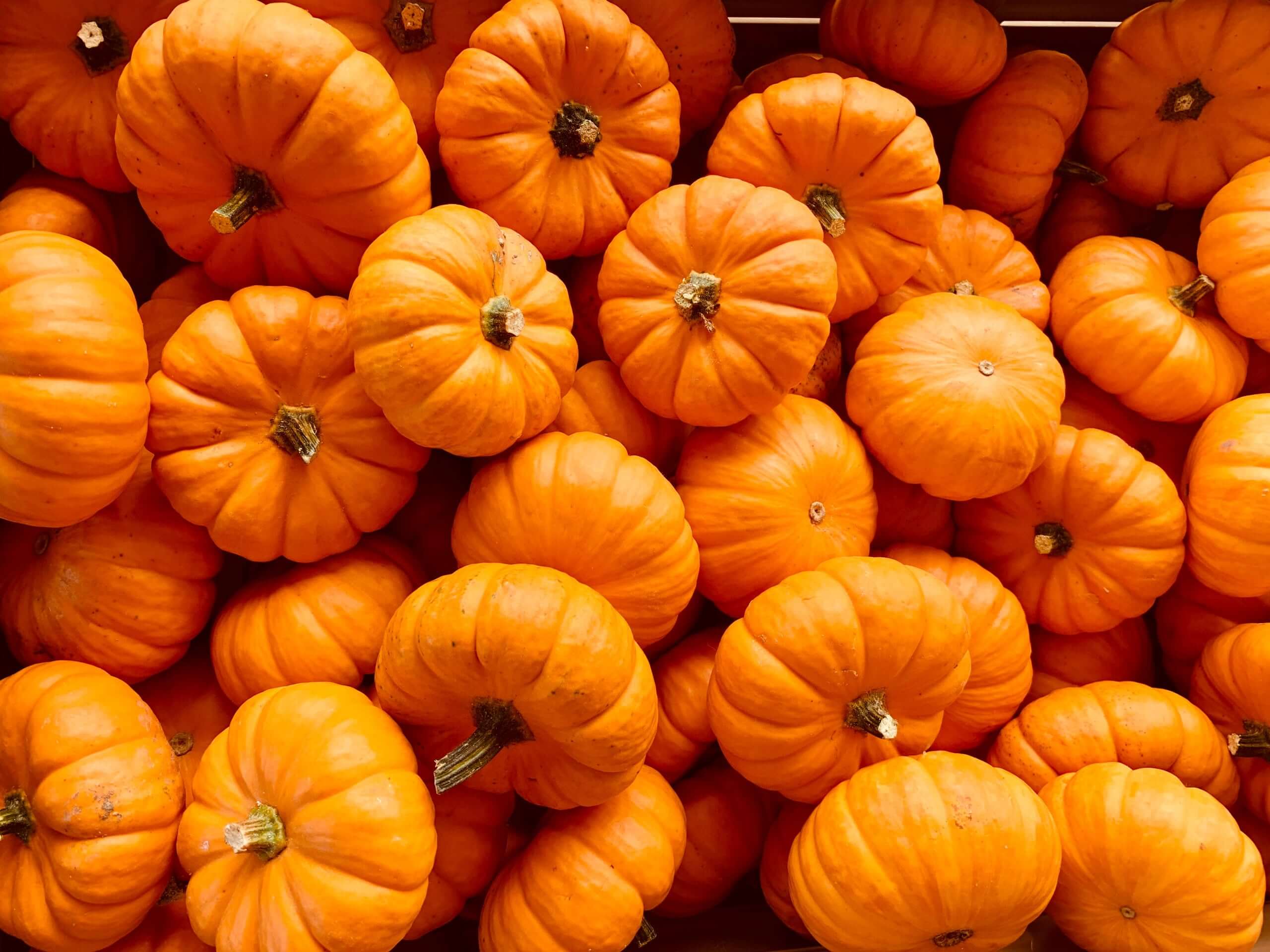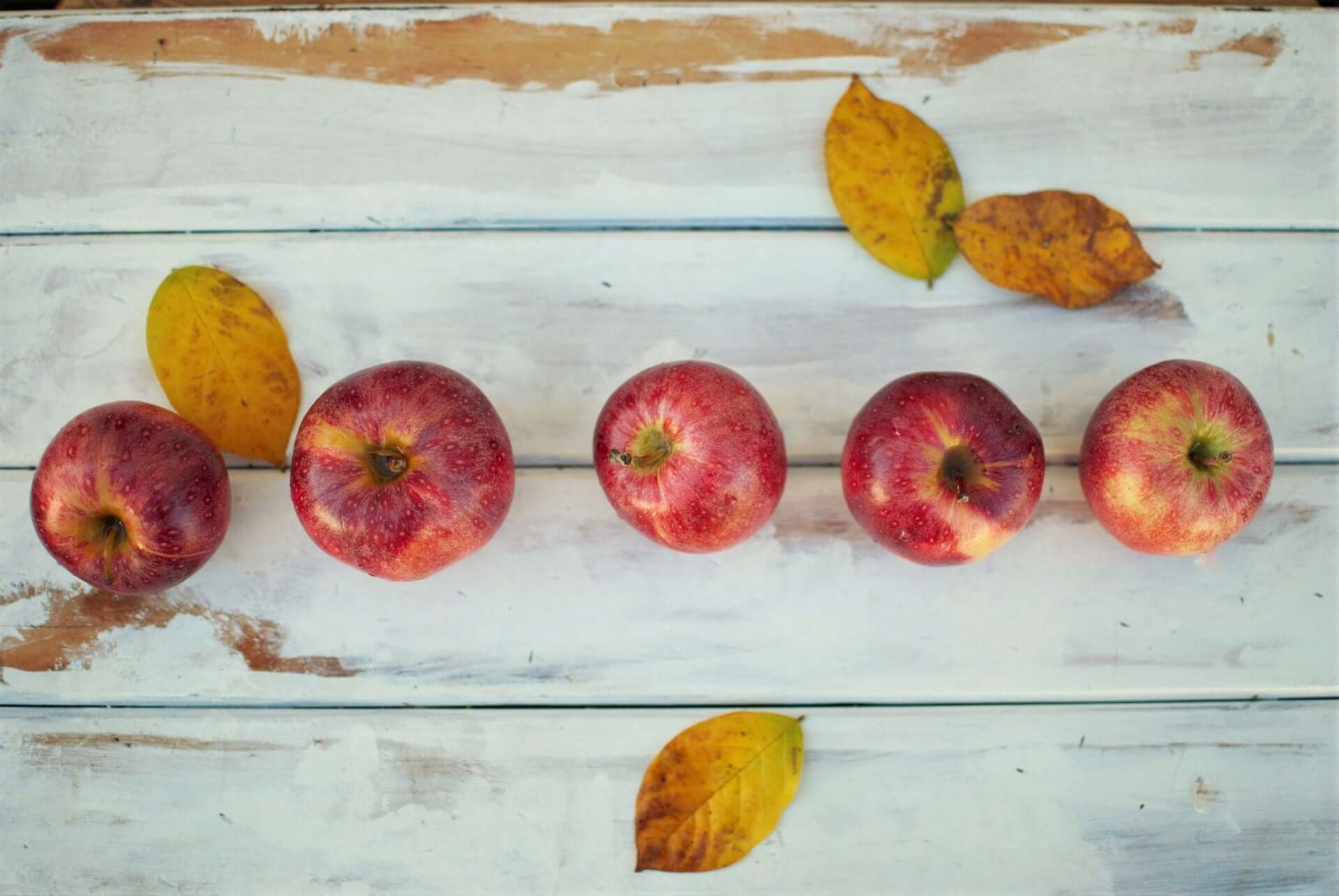
Inhaltsverzeichnis
Autumn vegetables: These varieties are available seasonally and regionally
And just like that, golden autumn is here again. In keeping with that, today I'm introducing you to five vegetables that are in season. By cooking with seasonal and regional vegetables, you'll not only discover local cuisine but also contribute to a lower climate impact.
Regional autumn vegetables
1. Pumpkin
How could it be otherwise? Pumpkin is THE quintessential autumn vegetable. Therefore, it absolutely cannot be left off this list!
As an outdoor product, it's available in September, October, and November. It stays fresh for a long time but also freezes well!
This orange vegetable scores points not only for its bright appearance, but also for its nutrients. It contains beta-carotene, a precursor to vitamin A, which is good for skin, hair, and eyesight. Pumpkin is also rich in potassium, calcium, and iron, making it extremely easy to digest. Despite its high nutrient density, pumpkin is very low in calories and fat.
In addition to savory dishes, pumpkin can also be wonderfully incorporated into sweet dishes, like in this recipe for pumpkin muffins.
2. Parsnips
Since the discovery of the potato, parsnips have long been forgotten. However, they have many advantages. For example, they are easy to digest, and their slightly sweet flavor makes them popular with children. The potassium they contain is good for the heart and circulation. They have a relatively high sugar content, but these calories keep you full for a long time.
This root vegetable is probably most commonly found in soups. Stews and purées also benefit from the slightly sweet and spicy-nutty flavor of parsnips.

Photo by Charles Deluvio on Unsplash
3. Cauliflower and broccoli
Technically speaking, this is of course not one Not just one vegetable, but two. But both belong to the large cabbage family, and honestly, this way I'll be able to fit in an additional vegetable later. 😋But back to the actual topic.
Both vegetables are available from local cultivation between May and November and, in my opinion, should not be missing from autumn dishes.
Broccoli and cauliflower are low in calories and fat and rich in vitamin C, calcium, and fiber. They are also easier to digest than other types of cabbage, such as white or red cabbage.
Since both types of cabbage aren't exactly exotic and have probably landed on all of our plates at some point, I don't think I need to say much more about them, except: healthy and delicious! :)
4. Beetroot
Starting in the summer months, we can look forward to beetroot, which is grown and harvested here until November. Here, they are known as a classic autumn and winter vegetable.
Ever since I tried a dessert with this vegetable as a child and absolutely hated it, I've stayed away from it for a long time. When I tried beets again a few years ago, I was quite surprised by how much I enjoyed them.
Beetroot has been used as a medicinal plant since ancient times. In fact, beetroot contains folic acid and iron, which support blood formation and prevent anemia.The betanin contained in the vegetable not only provides the intense color but also has valuable antioxidant properties.
Beets are versatile and can be eaten raw or steamed. This makes them a great addition not only to salads or baked vegetables, but also to soups and smoothies.

Photo by FOODISM360 on Unsplash
5. Celery
Both celery and celeriac are valuable and healthy vegetables in the autumn months. While the two varieties may seem to have virtually nothing in common at first glance, a closer look at their ingredients and health benefits reveals that celery and celeriac are more similar than one might think.
While celery has a rather While celeriac has a subtle taste (which some people still find difficult to get used to), celeriac tastes much more intense and spicy. Both varieties are Very low in fat and calories. Like other vegetables, celery is rich in fiber and vitamins. Celery also helps soothe an upset stomach and has antibacterial properties thanks to its essential oils.
Celery has recently gained popularity due to its ability to dehydrate the body. For some time, drinking a glass of fresh celery juice in the morning was a trend, especially in the fitness industry.
What I love about celery is how versatile it is. Celeriac is often used in soups, while celery stalks are often eaten raw in salads. My tip for all vegetarians/vegans: After cleaning and peeling the celeriac, cut it into strips, bread it, and use it as a "schnitzel substitute"! Super delicious. :)
If you would like to learn more about healthy eating, mindfulness or sustainability, Check out more exciting blog articles on these topics here.

Photo by Kelly Sikkema on Unsplash



























Leave a comment
This site is protected by hCaptcha and the hCaptcha Privacy Policy and Terms of Service apply.